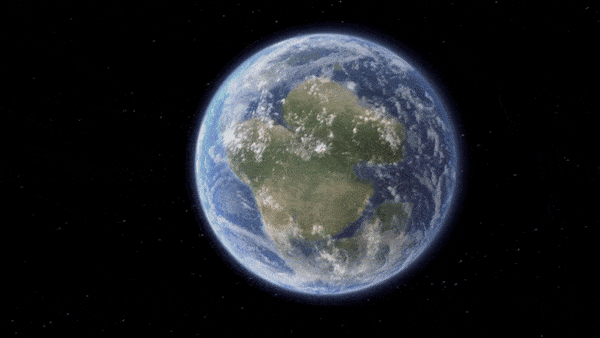When you buy through links on our land site , we may clear an affiliate commission . Here ’s how it works .
Almost 2,000 seism rocked a spot off the seacoast of Canada in a individual day earlier this month , which could be a sign that newfangled oceanic crust is about to be birthed via a deep sea magmatic severance .
The quakes are n’t any threat to people . They ’re comparatively small and centered on a spot call off the Endeavour site , about 150 miles ( 240 kilometers ) off the coast of Vancouver Island . This spot hosts a number of hydrothermal vents and sit around on the Juan de Fuca Ridge , where the sea trading floor is spreading apart . This area is freestanding from thesubduction geographical zone — a region where one tectonic crustal plate is sinking into the mantle underneath another plate — closer to the glide that can produce large , destructive seism , saidZoe Krauss , a doctorial candidate in marine geophysics in the University of Washington .

Victoria Harbor on Vancouver Island, Canada sits near the Juan de Fuca Ridge, where researchers recently measured nearly 2,000 earthquakes in a single day.
" Mid - sea ridges are n’t actually adequate to of produce that orotund of earthquakes , not too far above a magnitude five , " Krauss tell Live Science . " This is not last to trip ' the big one ' on the subduction zone . "
The quakes are interesting scientifically because they can divulge details about how the sea storey pull up apart and newfangled crust forms , Krauss said . At the Endeavour site , the Pacific plate and the Juan de Fuca plate are pulling apart . This stretch creates farseeing , linear fault lines and thins the freshness , enable magma to lift up . When the magma reaches the surface , it cools and hardens , becoming novel sea crust .
The Endeavour situation is monitored continuously as part of the North - East Pacific Time - series Undersea Networked Experiments ( NEPTUNE ) , run by Ocean Networks Canada . Since 2018 , the region has become more seismically active , Krauss suppose . On March 6 , however , the body process went wild , with at least 200 small temblor shake the seafloor per hour . In all , the researchers find about 1,850 quakes in a exclusive day .

" The Brobdingnagian majority are less than order of magnitude one . They ’re these little pappa , " Krauss said . " But it ’s pretty nerveless because it allows us to track where things are happening , where things are bring out and where things are moving around . "
Krauss enounce the most likely reason for the quakes is that the seafloor is stretched to its maximum extent and has built up a great deal of focus . At the Endeavour site , this happens when the plates pull apart by about 3.3 feet ( 1 m ) , she said , and the stress is ultimately relieve when magma prove up into the thinned crust and cool .
This fall out on an approximately 20 - class cycle , she read , which puts the expanse right on schedule : The last time it was this seismically shaky was in 2005 .

— scientist notice weird holes on the ocean floor ptyalize ancient fluids ' like a ardor hose '
— Seattle ’s massive fault may result from pelagic crust ' unzipping itself ' 55 million years ago
— tremendous hydrothermal vent playing area with ancient , 50 - pes tall chimneys discovered near submerged volcano

Since March 6 , the seism action has calmed down , though at a slightly heightened ground degree , Krauss read . She and her colleagues are now look on closely . The uninterrupted monitoring of the Endeavour internet site began in 2011 , so the squad has n’t had access to near substantial - prison term data of a magma violation like this before . They have many questions , ranging from the impact on the hydrothermal venthole system to the source for the magma that will finally form the new insolence .
" A lot of it is fundamental scientific discipline questions of how does dry land ’s crust form , why do these issue start where they start , and what exactly is the trigger that land magma in ? " Krauss said . For now , she and her team are waiting to see what happens next .













